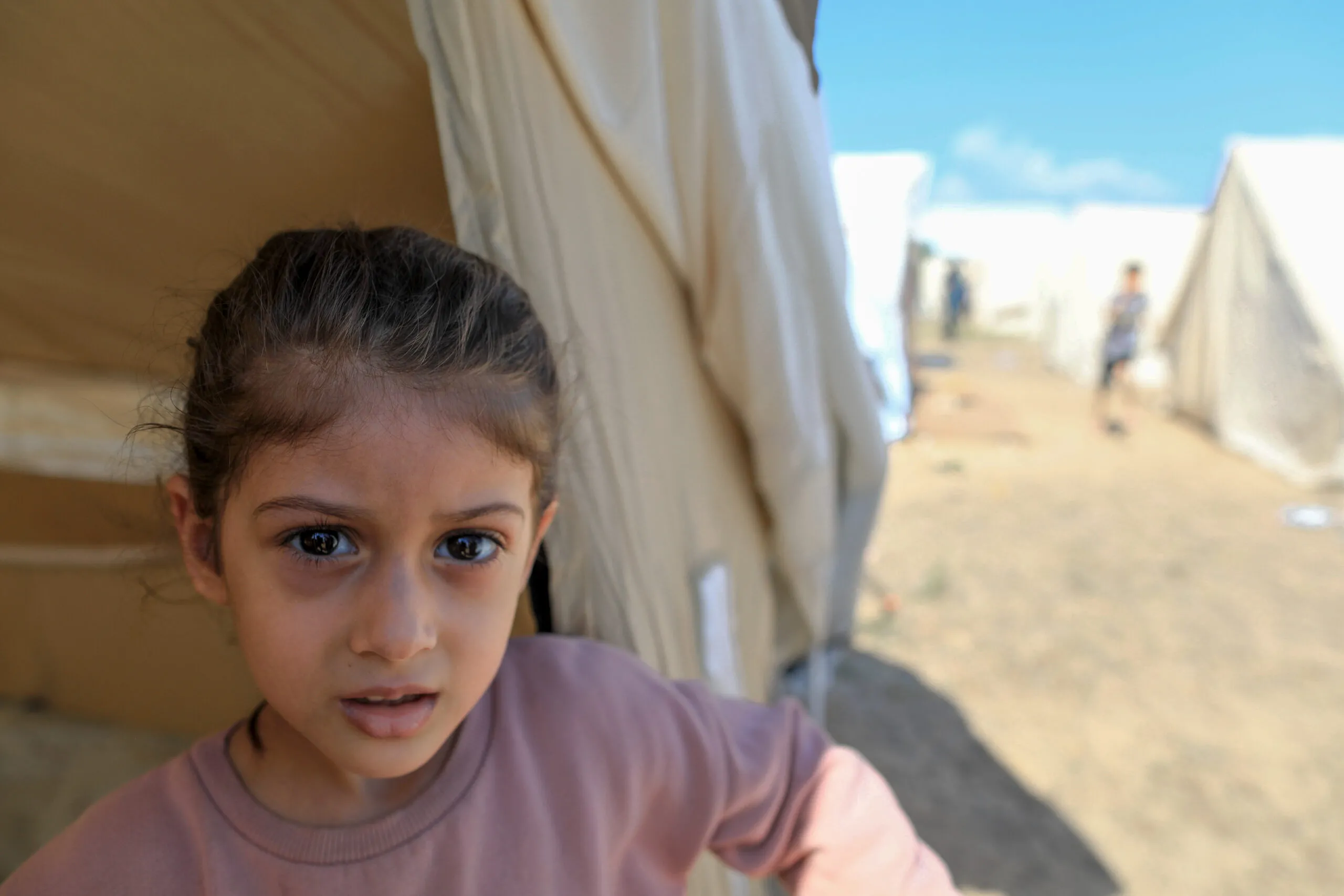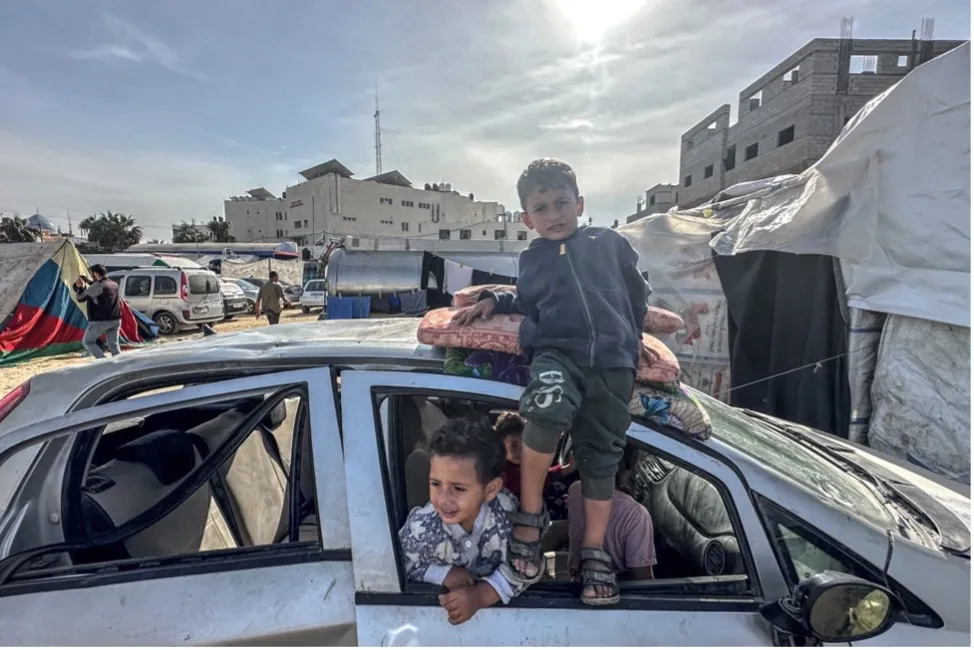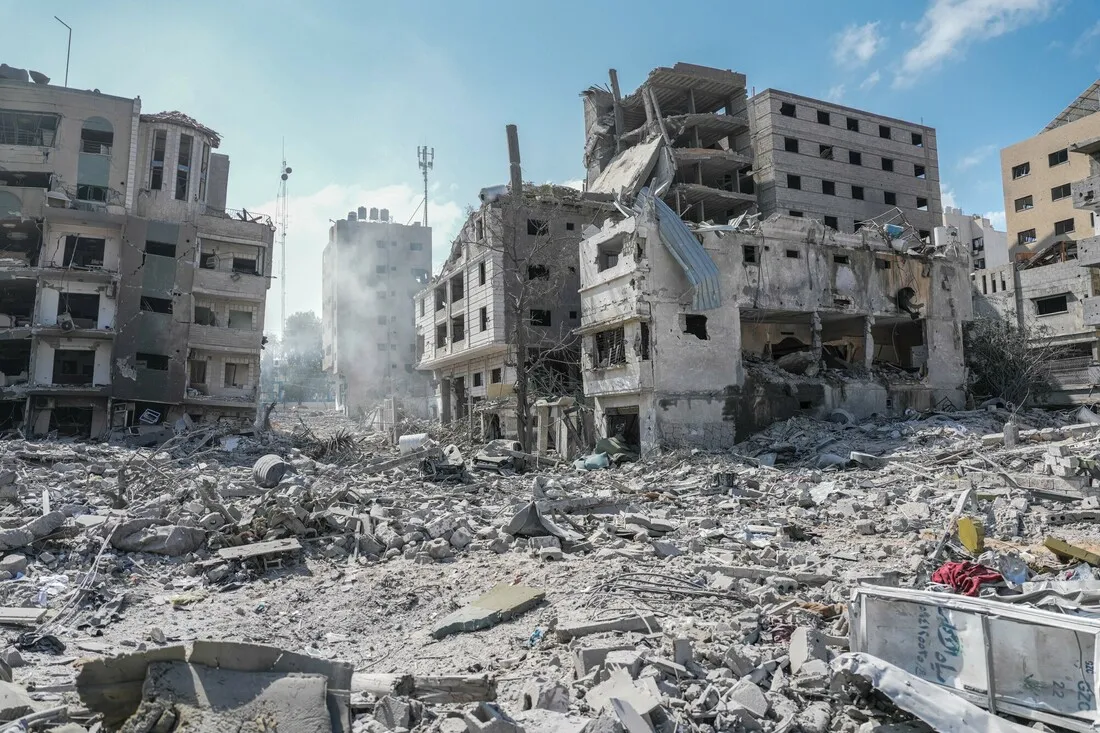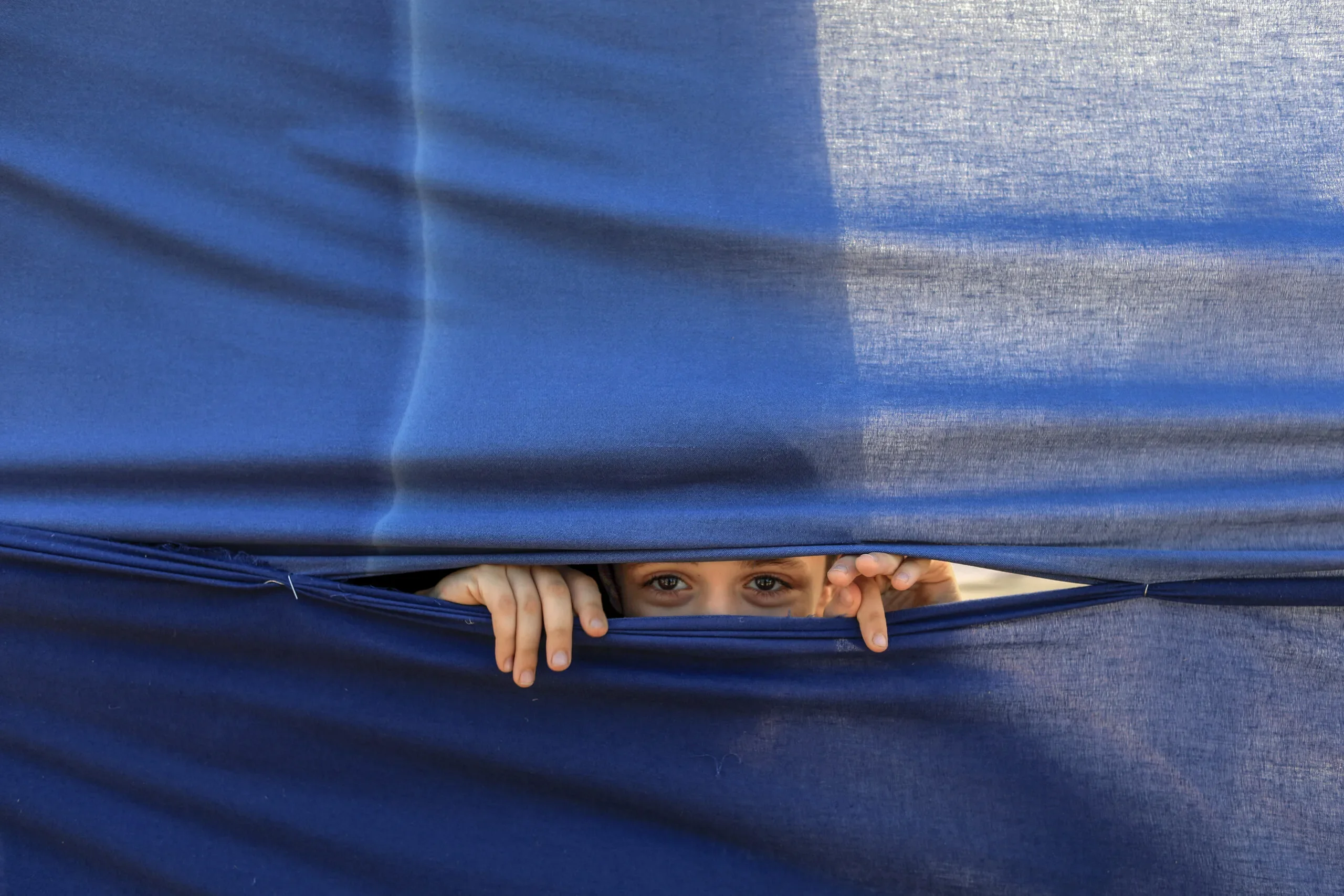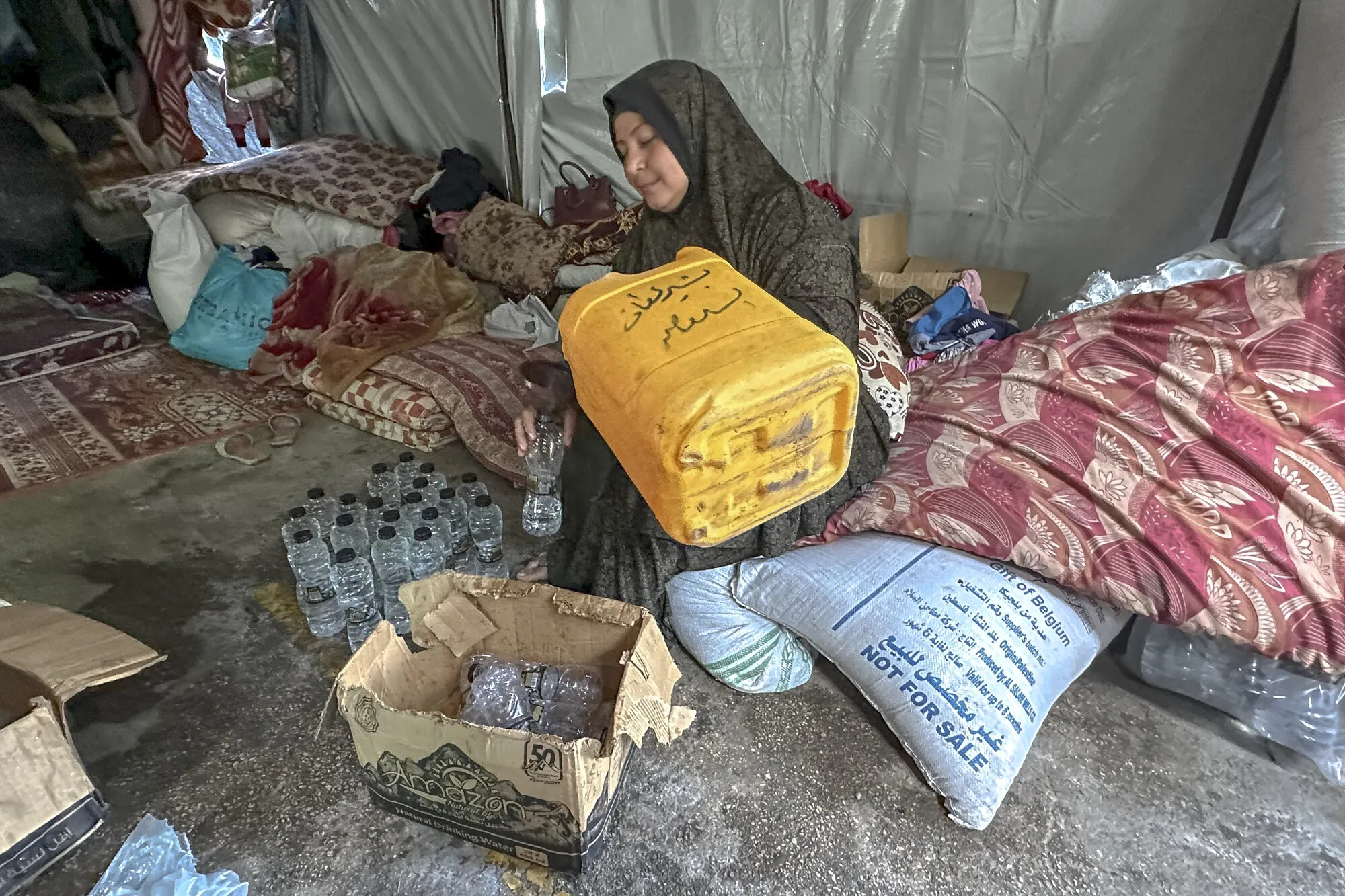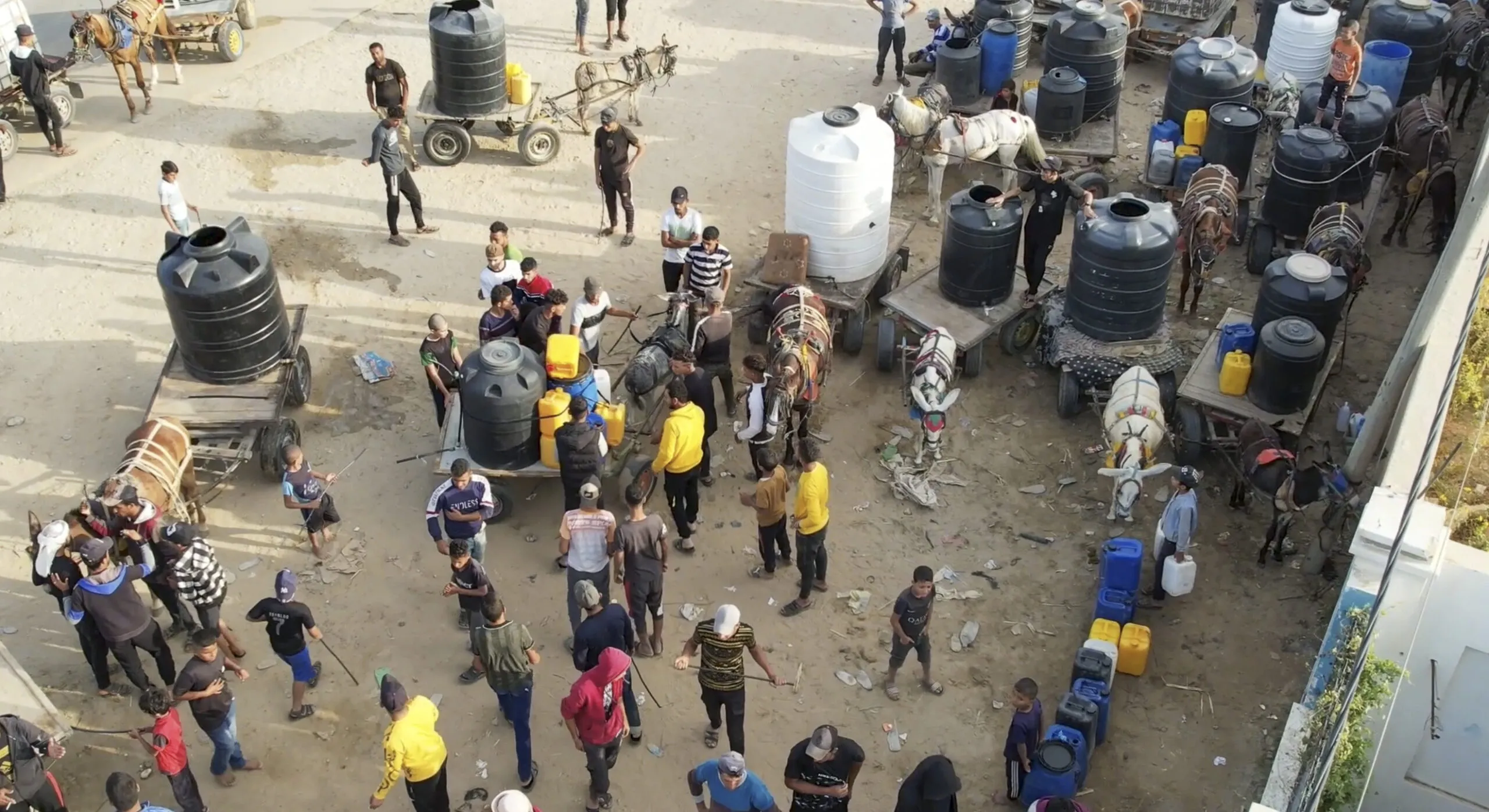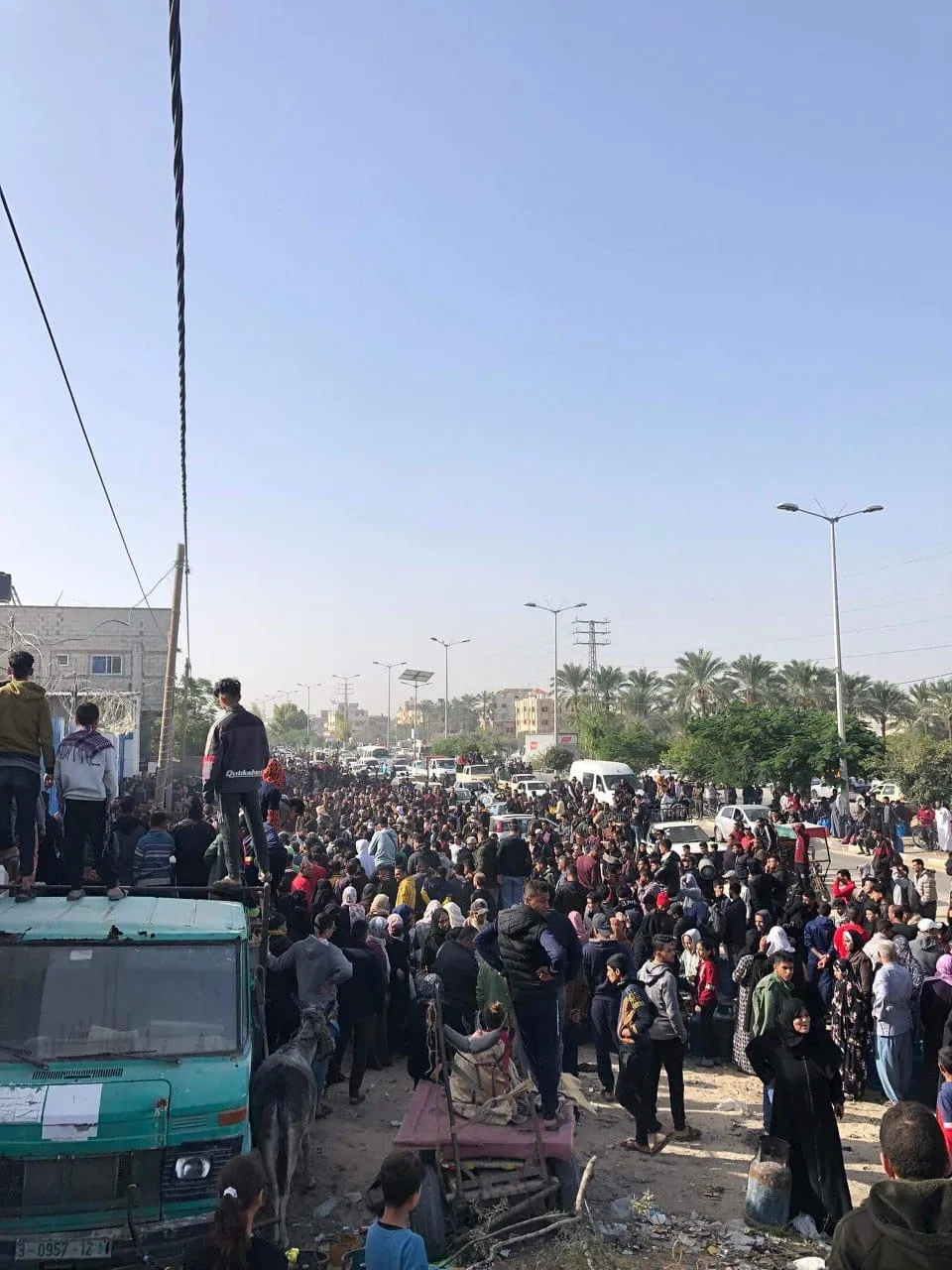Displacement, hunger, lack of medical care and clean water — and now, the onset of winter — are stretching the coping abilities of children and their families to the limit.
The Ministry of Health has been unable to update the death toll for the past few days, and many of the bodies that remain trapped under the rubble have not yet been counted, but the latest reports show that a staggering 1.9 million people have been displaced and at least 18,800 have been killed.
Approximately 51,000 people are reported injured, and thousands more are still missing.
The scope and impact of the crisis is nearly impossible to imagine for anyone not living through it.
So, to help readers better understand what’s happening, we‘ve gathered together these seven essential facts about what this war means for the people of Gaza right now.

